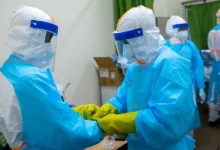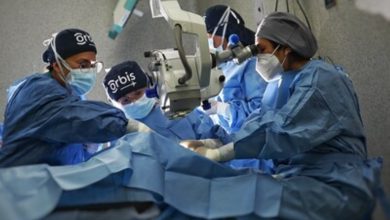Transforming eye care in Rwanda: Expert sheds light on country’s plans to improve vision health
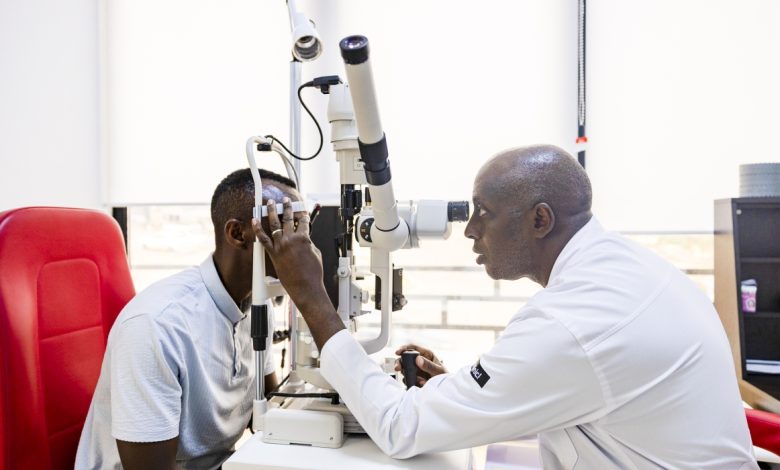
Rwanda is making progress in enhancing ophthalmic services, with the number of locally trained and practicing eye care specialists now reaching 30 following the graduation of four others last week.
In an exclusive interview, Dr. John Nkurikiye, the Chief Ophthalmologist and Director of Rwanda International Institute of Ophthalmology (RIIO), shared insights on the state of eye care in the country, ongoing efforts to raise awareness, and the future of ophthalmology in the country.
The excerpts;
What eye care services are currently available in Rwanda, and how can people efficiently access these treatments and resources in their communities?
Over the past 15 years, eye care services in Rwanda have significantly evolved. Today, we no longer need to refer any ophthalmic cases abroad for specialised treatment. Our facilities are equipped to handle the majority of eye diseases, including surgical care.
The RIIO iHospital is a new player in the market, offering the latest surgical and imaging technologies. Other notable centers providing comprehensive eye care services include Kabgayi Eye Unit and Kibagabaga Eye Clinic, in the public sector, as well as Rwanda Charity Eye Hospital and Dr. Agarwal’s Eye Hospital, in the private sector.
What strategies can be implemented to prevent vision loss, and what proactive measures must be taken at individual and community levels to safeguard eye health?
Many causes of vision loss are preventable or treatable. For instance, vitamin A deficiency can be avoided through a balanced diet rich in vitamin A. Infections like trachoma can lead to blindness in some countries, but this is not a big issue in Rwanda, where face washing remains a key preventive measure.
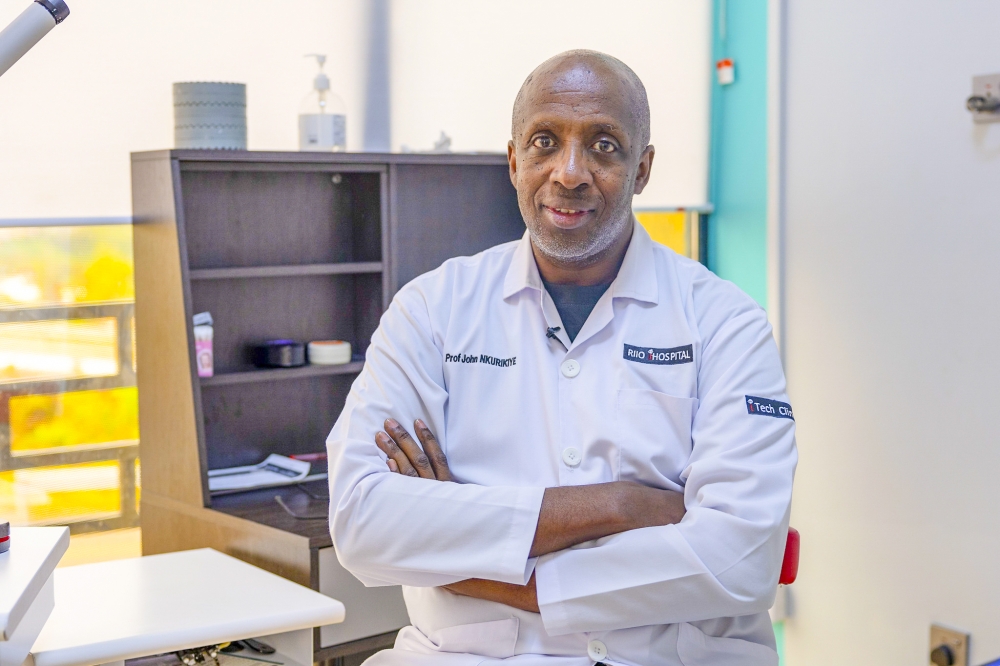
Eye injuries are common causes of unilateral blindness in young people and can be prevented by wearing protective eyewear during activities such as welding or working with chemicals. It’s crucial to advise children against playing with sharp objects.
I also want to stress the importance of avoiding traditional medicine. Many herbal remedies can cause irreversible damage to the eyes. Some medications, particularly those for malaria, tuberculosis, and steroids, can have side effects that adversely affect eye health.
Complications from diseases like diabetes, hypertension, and glaucoma can lead to blindness, but early detection can prevent this. Babies can be born with various eye conditions that may cause blindness, yet early detection can help preserve their vision. Regular eye checks are essential for detecting diseases early and preserving sight.
Is there adequate awareness among Rwandans regarding eye health, regular check-ups, and hygiene?
Unfortunately, no! Very few Rwandans seek regular health checks when they are not sick, and this includes eye health. There is a need for health education to raise awareness about the importance of eye care.
What is the current prevalence of blindness in Rwanda, and how does this data reflect the broader challenges and opportunities in addressing vision health?
Approximately 2% of individuals over the age of 50 experience blindness, while around 0.5% of the general population is affected. Cataracts are the leading cause of blindness, accounting for 56% of cases, yet this condition can be effectively treated through a simple 10-minute surgery.
What key reforms and innovations are needed to transform Rwanda’s eye care services, and how can these actions lead to improvements in patient outcomes?
To transform eye care in Rwanda, we need to train more specialists, aiming for at least one ophthalmologist per district to achieve a ratio of 1 to 250,000 people. Individuals must take responsibility for their health, demanding quality services and being willing to pay for high-standard care.
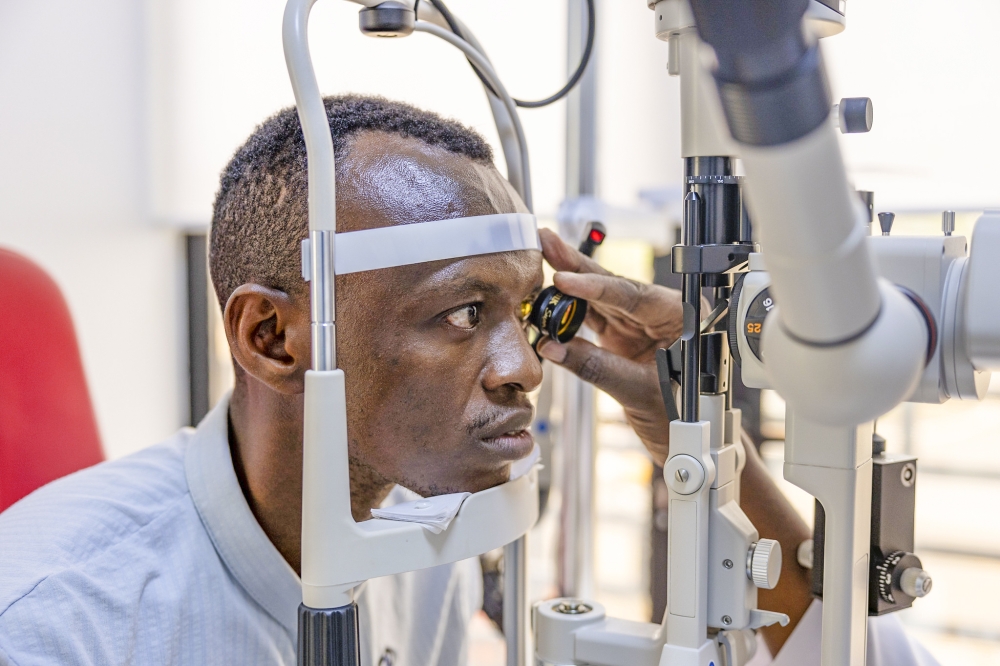
Eye care relies heavily on technology, which is often expensive. Service providers should be able to recover their investments to sustain quality services.
What challenges are holding back Rwanda’s eye health services, and what urgent measures are needed to bridge these gaps and ensure accessible, high-quality care for all?
The biggest challenge we face is a shortage of human resources. We also need the capacity to maintain our medical equipment, which requires training local biomedical engineers to handle the specialised technology used in eye care. Moreover, public hospital tariffs often do not meet the actual cost of services, leading to further difficulties in providing adequate care.
What strategies can be implemented to reduce the country’s reliance on foreign funding for eye care, and how can sustainable, locally-driven solutions be developed to ensure long-term success?
Public facilities’ tariffs do not adequately cover service costs, not just in eye health, but across various healthcare services. The government could subsidise expensive super-specialty services to make them more accessible in the public sector.
Currently, many big hospitals can only provide these services with the support of NGOs. While this model works while NGOs are present, it becomes unsustainable once they leave, as local tariffs often cannot support the necessary costs. For example, retina surgery in a public hospital may only cost about $30 from the Community Based Health Insurance (Mutuelle de santé), which is just a fraction of the total cost.
What cutting-edge technologies are being introduced to revolutionise eye care and how are these innovations shaping the future of vision health in the country?
One of our advancements at RIIO is the introduction of ocular electrophysiology tests, which have improved our ability to investigate the causes of visual loss, especially in children. This technology helps differentiate between various genetic causes of visual impairment.
We are also rolling out the use of artificial intelligence in screening diabetic patients for eye complications. This technology is a game-changer, particularly given the shortage of retina specialists. It has been tested locally and has demonstrated high reliability.
We are excited to announce that we will host the Orbis Flying Eye Hospital next year. This state-of-the-art airplane is equipped with the latest simulators for teaching eye surgery and includes a modern eye theater for performing complex surgeries. The plane will be in Kigali for about 15 days, and we will share more details with the public as our plans develop.


